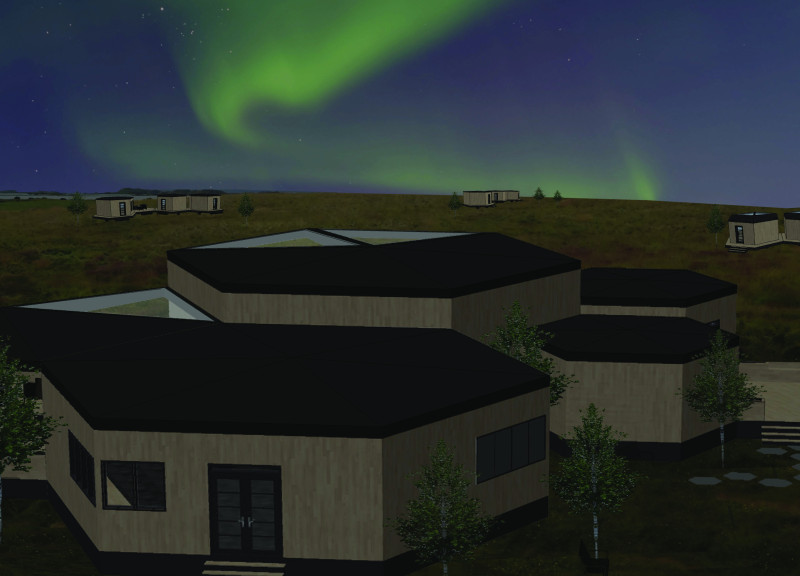5 key facts about this project
Located in a vibrant urban setting, the project is situated within an area characterized by a blend of historical and contemporary architecture. The intent is to create a functional space that integrates harmoniously with the surroundings while addressing the needs of the community. The design prioritizes accessibility and flexibility, aiming to foster engagement and interaction among users.
**Spatial Organization**
The layout emphasizes open areas that facilitate movement and connectivity, allowing for adaptable use of space. By strategically positioning communal zones alongside private areas, the design encourages collaboration while providing opportunities for individual reflection. Natural light is a key consideration, with large windows and skylights incorporated to enhance the indoor environment and promote well-being.
**Material Selection**
Attention to materiality is evident throughout the design, utilizing locally sourced materials that reflect the regional context. A palette of durable, low-maintenance finishes has been chosen to minimize environmental impact while ensuring longevity. The incorporation of green roofs and walls further enhances the building's sustainability profile, contributing to biodiversity and improving thermal performance.

















































